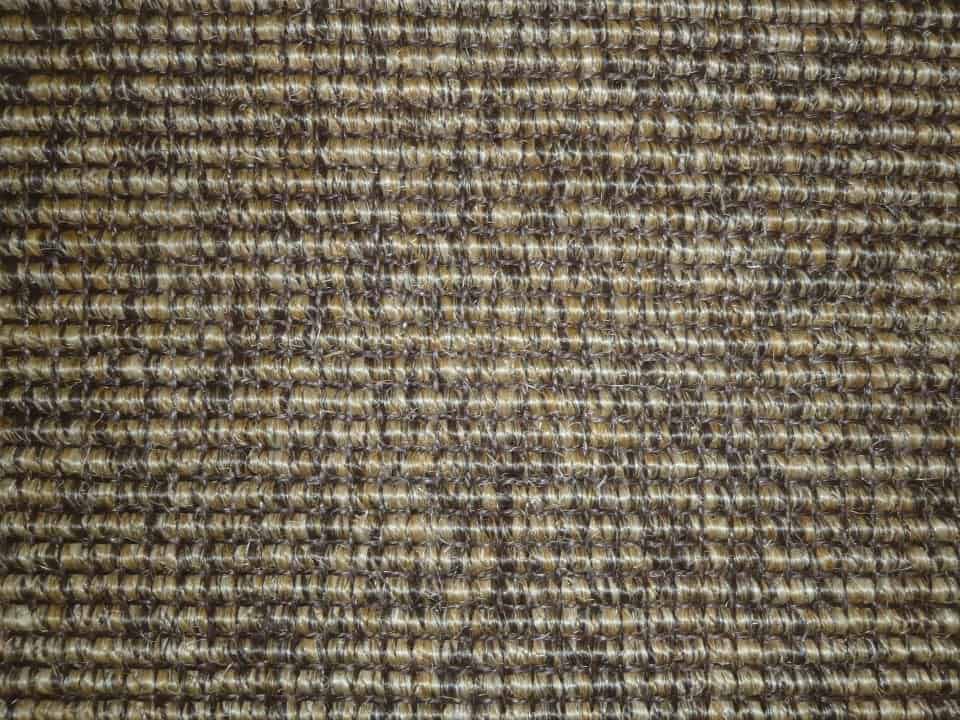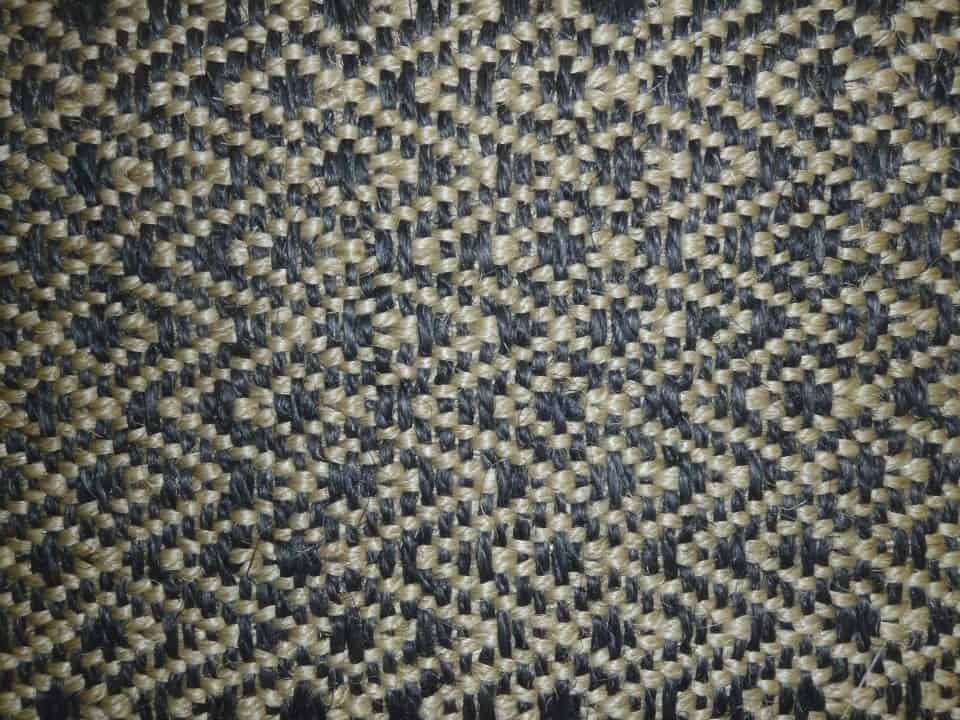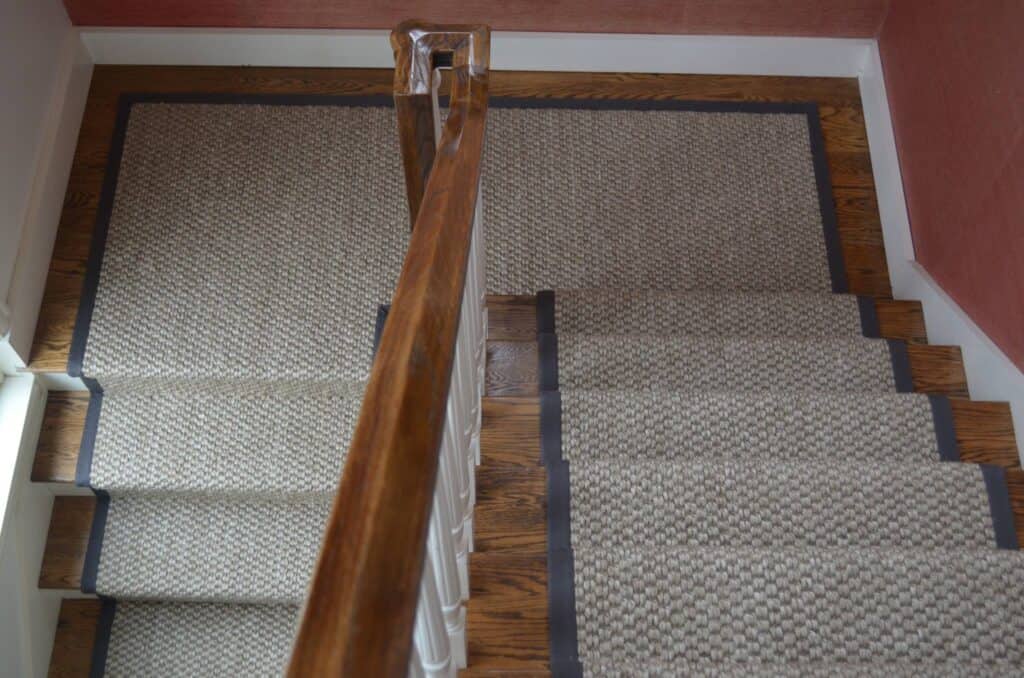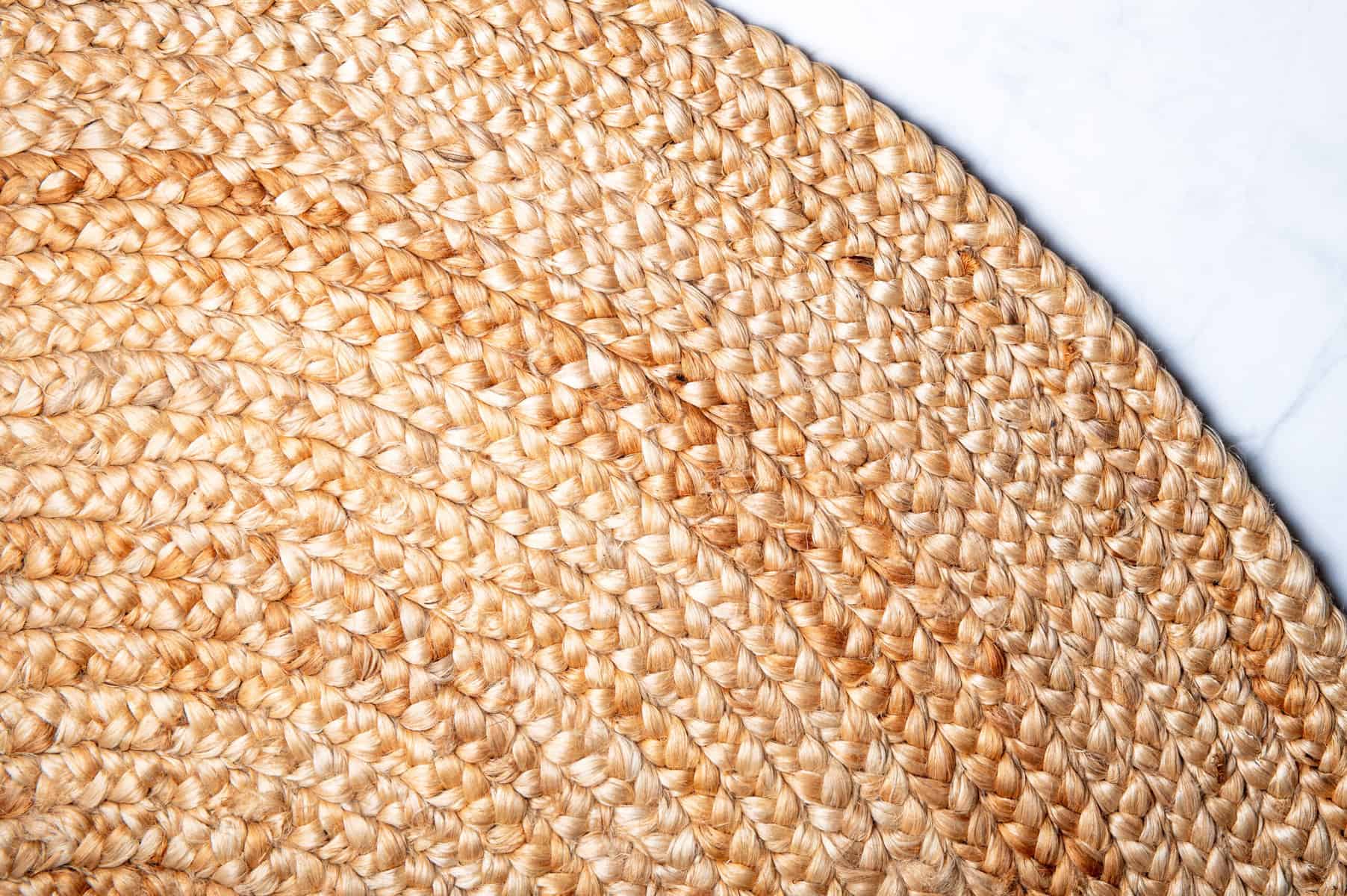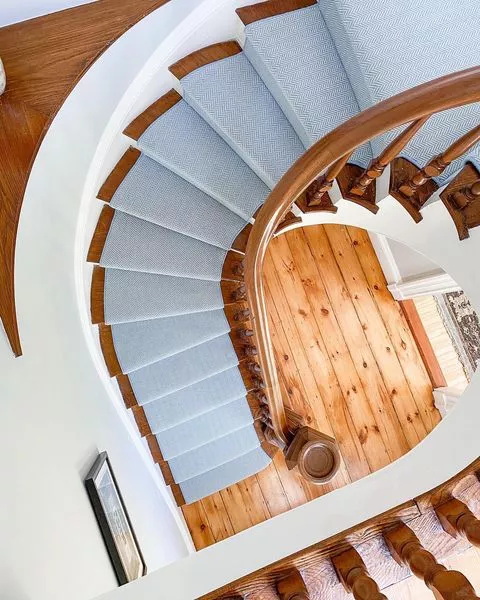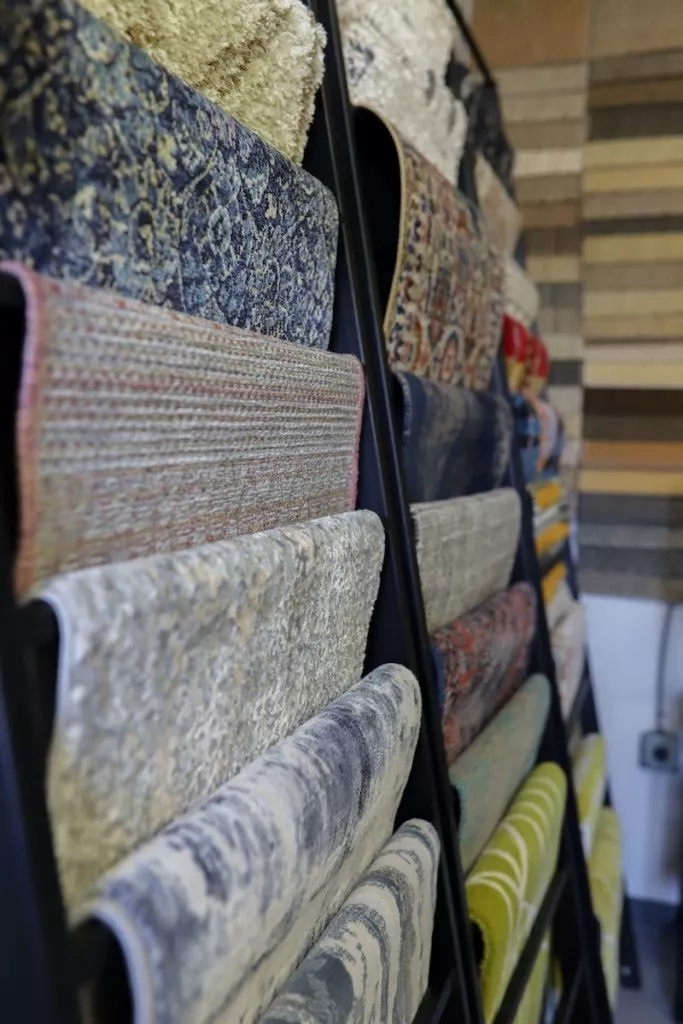Sisal Rug Buying Guide
There are many pronunciations for this product as well as many misconceptions. Most people that request this material do so without knowing much about it. They see pictures in design magazines, but are surprised once they see it in person.
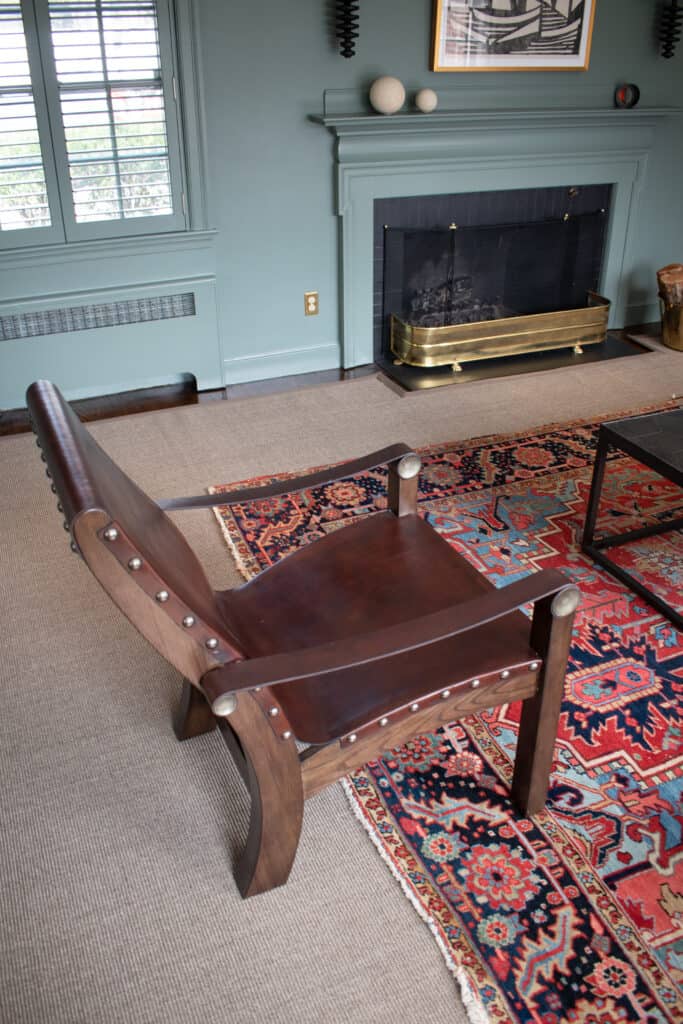
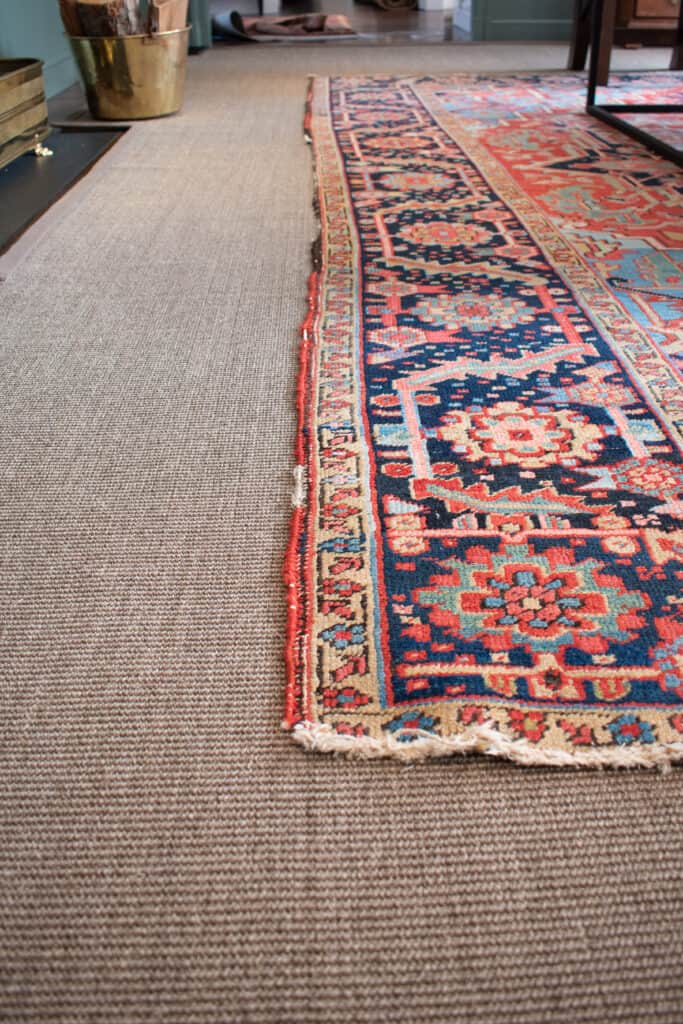
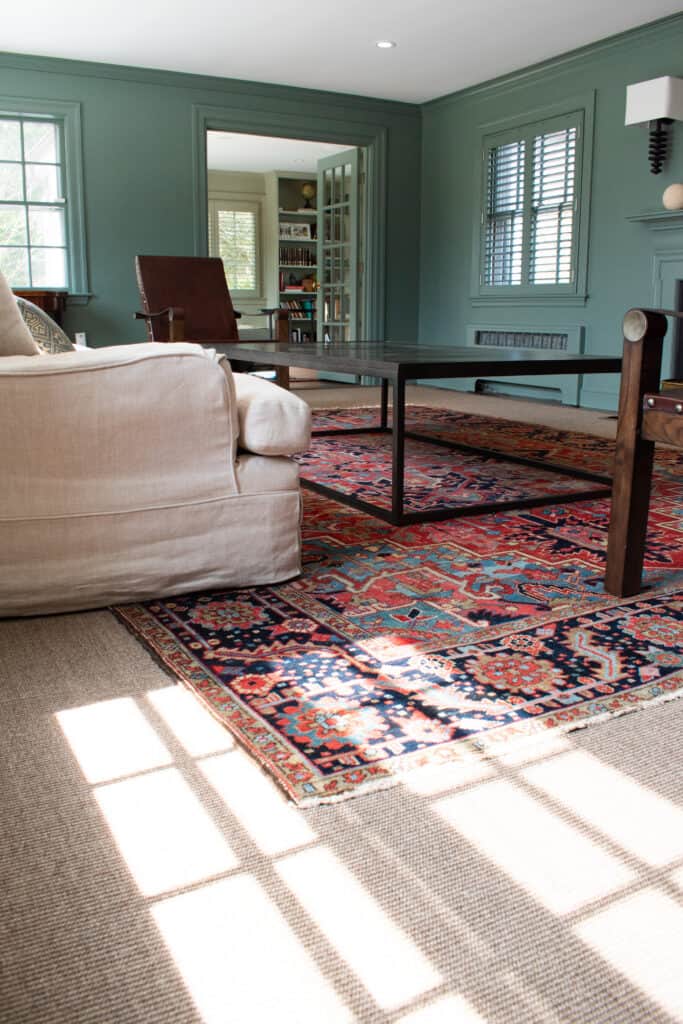
To the eye, it is very decorative, but to the touch, it’s not nearly as pleasant. The most practical uses are in dining rooms and living rooms where you typically aren’t barefoot or laying on it, or in entryways and stairs where there is a lot of foot traffic. It is extremely durable, holds up well over time, and actually cleans up rather nicely.
Real sisal carpets are made out of fibers extracted from the leaves of the agave plant which is a form of cactus. This material is produced all over the world, most commonly in Belgium, China, South America, South Africa, and Mexico. The highest quality sisal is produced in Belgium, but it is also the most expensive. Other natural fibers that are sometimes categorized with sisals are jute, abaca, sea grass, and coir.
Advantages of Sisal
- 100% natural and biodegradable
- Made from infinitely replenishable resources
- It is extremely durable
- Non-toxic, and antibacterial
- Sisal is anti-static, which means its natural fibers help control humidity
- Contains tannins which repel dust mites
- Absorbs moisture from the air when it’s humid and releases it when humidity drops which stabilizes the smell for sensitive noses
- Makes for hard-wearing, rustic, yet elegant rugs and carpet
- Moth and rot resistant
- Provides natural sound insulation
Quality of sisals is dictated by the types of fibers used, the weight of the yarn, as well as the weight at which it is woven. Almost all of them are backed with latex in order to stabilize the shape and texture. This also helps with cleaning. The latex backing itself stops a large majority of dirt and liquid from filtering to your floor. This makes it easier for you to remove dirt with a good quality beater brush type vacuum. I have also heard that because of its solid construction, you can easily bring the rug outside to sweep, hose off, or beat with any solid object. One quick home remedy for spills; simply coat the stain with salt, let it dry, and then pick the stain out with a fork.
One complaint people have about sisals is their “wiry” feel. One way to soften these rugs is with a dense pad underneath. This will also add to the longevity of the rug itself. A good cushion acts as a shock absorber, keeping the rug looking new after many years of wear.
The best way to finish a sisal rug is with a wide cotton binding. Because of the latex backing and the sheer thickness of the fiber, standard thin binding won’t work. A 3” or 5” binding will not only keep your rug from fraying, but will add accent colors that will dress up the look of the rug. If you still don’t like the feel, there are many manufacturers that use wool and synthetic products to imitate the look of sisal. Wool sisals are the most expensive, but are the most decorative and comfortable. Polypropylene sisals are growing in popularity because of their inexpensive price and durability.
When you choose a sustainable area rug, you are not simply buying a home accessory. You are making a meaningful statement about what you believe in. You are helping to create a world where quality, beauty, and a sustainable way of life are essential. We have a wide selection of sisal remnants in our workroom as well as many other options for order. Please stop in to check them out!
